How & Why You Should Be Exfoliating Your Skin
Know It’s Importance
“Exfoliation is the process of removing the outermost layer of dead skin cells to reveal the plump, new ones that sit underneath. Your skin naturally renews itself, which is why you may find those old cells come to the surface, making your complexion lack glow and bounce. It’s why we should all be aiding the process. Ask around and you’ll see so many people skip this step in their routine. Many exfoliants also stimulate collagen production, giving your skin a firmer, younger-looking appearance, while getting rid of dryness and boosting hydration. The benefits are endless.” – Dr Emma Amoafo-Mensah, dermatologist & ambassador at [coat]s Skincare
Use The Right Products
“We split exfoliants into two groups. Firstly, you have physical exfoliation which can either be using a cleansing brush, such as a Clarisonic, or a product with tiny particles, such as silica, sugar or ground fruit seeds that will manually remove dead skin. Secondly, there are chemical exfoliants. These work by breaking down the keratin proteins that bind together the dead skin cells in the top layer of your skin, and don’t require any scrubbing, so they can be gentler on your skin, if used in a low percentage.” – Dr Emma Wedgeworth, consultant dermatologist
Understand Ingredients
“Alpha-hydroxy acids (AHAs) and enzymes are both great if you want a gentler chemical exfoliant. In particular, mandelic acid and lactic acid are gentle AHAs, so look out for them on ingredients lists. If you suffer with breakouts, salicylic acid-based exfoliators are key. Oil soluble, they get down deeper into the skin than AHAs, working to unclog pores. It’s why this ingredient is such a go-to for acne sufferers.” – Emma Amoafo-Mensah
A FURTHER BREAKDOWN…
AHAs Explained:
“They can be either synthetic or naturally occurring – often derived from food stuffs such as sugar cane, sour milk, tomato juice and apples. They have a profound effect on the outer layer of skin, increasing cell turnover and reducing the thickness of the stratum corneum by loosening bonds between the skin cells. This can improve the appearance of fine lines and dullness, smooth roughness, unblock pores and result in softer, more radiant skin. They are also water-soluble, meaning they don’t penetrate too deeply and are tolerated by most skin types.” – Georgie Cleeve, skincare expert & founder of Oskia
The Different Types:
“Glycolic acid is one of the best known and most studied AHAs, but there are many others such as lactic acid, malic acid, citric acid and mandelic acid. Glycolic acid is one of the smallest AHAs, which means it can penetrate deeper into the skin, and there’s also some evidence that suggests glycolic can boost hyaluronic acid and collagen synthesis, resulting in firmer skin.” – Georgie
Who They’re For:
“AHAs tend to provide quicker results, but also have the potential to irritate the skin. They’re best used with caution if you have sensitive skin, or if the product has a high percentage of acid. I would advise people with eczema or rosacea to avoid AHAs altogether, unless directed by their doctor, however most people can tolerate them reasonably well.” – Georgie
Enzymes Explained:
“Unlike acids, which can exfoliate dead skin cells and remove living skin cells, enzymes are proteins that can only digest other proteins – meaning they can exfoliate dead skin cells and scar tissue, without damaging any live tissue.” – Georgie
The Different Types:
“Papaya, pomegranate and pumpkin are at the forefront of enzymatic exfoliation. Papaya and pumpkin also contain vitamin A and C, which are very anti-inflammatory and help to soothe skin. Papaya is also hailed for its brightening properties, so using products with papaya enzymes will help diminish age spots and even out your complexion.” – Georgie
Who They’re For:
“As enzymes are by far the gentlest form of exfoliation, they’re a miracle ingredient for anyone who suffers with sensitivity. They also work slower than AHAs, so can be incorporated into your everyday skin regime.” – Georgie
Match Your Needs
“I am often asked how often you should exfoliate. The answer is it depends on your individual skin type and what you can tolerate. As a newbie, I would recommend exfoliating once or twice a week. As your skin adjusts – and if you have no irritation – you can do it daily with no side effects. That said, those with inflammatory skin conditions such as eczema and psoriasis should probably avoid exfoliating – always ask your GP first. In those cases, the skin barrier is impaired, and exfoliating can irritate the skin and make the inflammation worse. It’s very easy to over-exfoliate simply by using a product that is too harsh or by exfoliating too often. Those who have done this should take a break from exfoliating until their skin recovers.” – Emma Amoafo-Mensah
Follow Up With Hydration
“It’s worth buying an exfoliant that includes hyaluronic acid. This way, you get the benefits of sloughing away dead cells, but without stripping skin of moisture. Regardless of what you choose, it’s worth applying your go-to serum or cream after exfoliating to cushion any sensitivities or irritation – not that there should be any. I recommend exfoliating at night and applying SPF the following morning because your skin’s sensitivity to the sun will be increased.” – Emma Wedgeworth
Remember The Key Takeaways
“Don’t fall into the trap of over-exfoliating – twice a week is enough for most. It’s much better to take it slow and let your skin become accustomed to the new step. Listen to your skin – if it’s tingly, dry, irritated or red, take a break and give it lots of hydration and nourishment. Lastly, if you are using a retinol or retinoid, avoid applying it at the same time as your exfoliant. This can exacerbate sensitivity and the two products are most effective when used days apart.” – Emma Amoafo-Mensah
SHOP THE PRODUCT EDIT
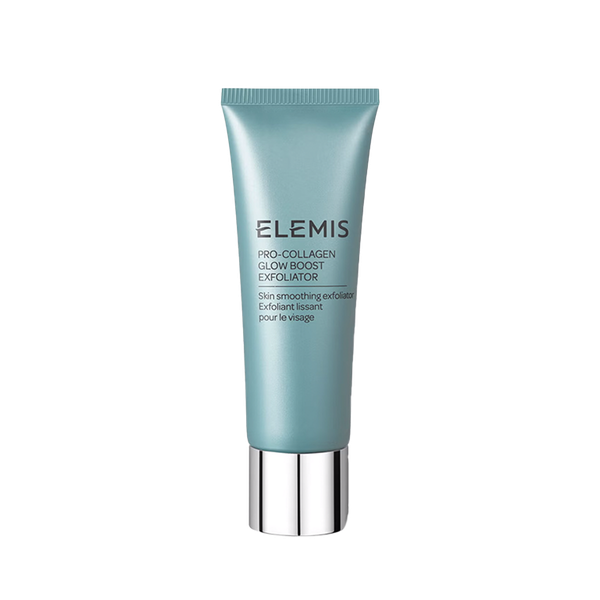
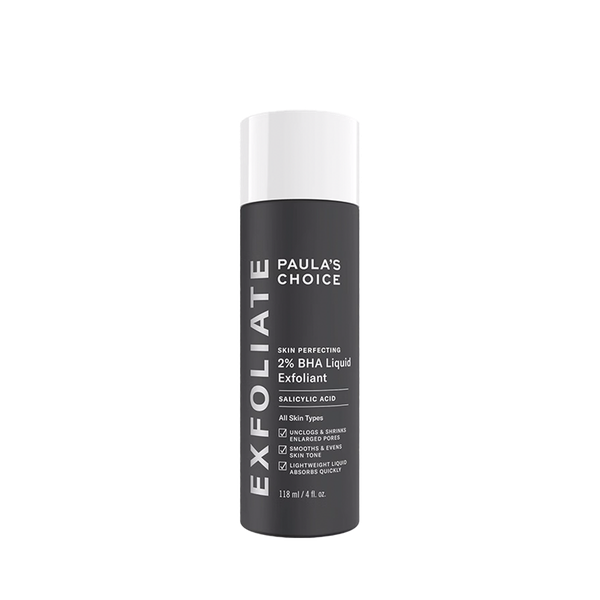
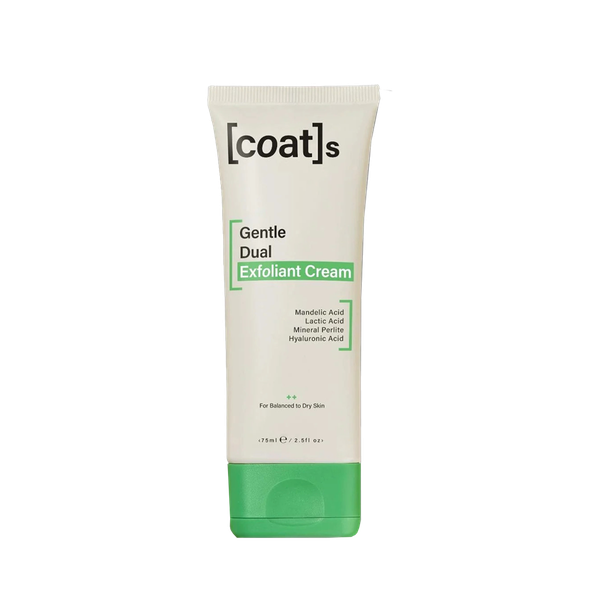
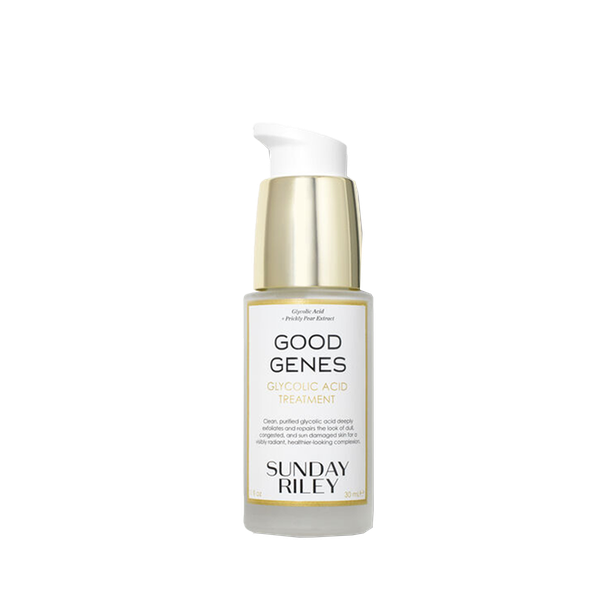
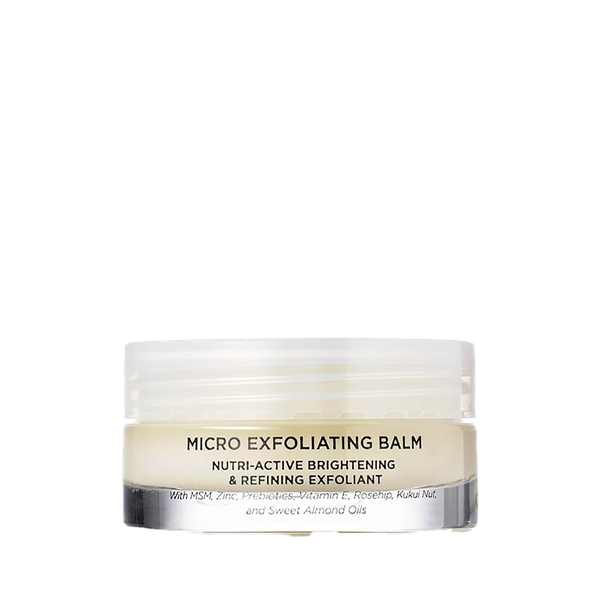
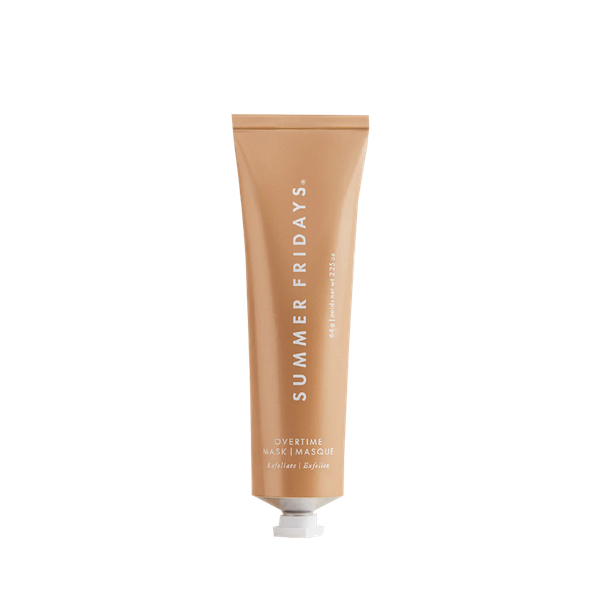
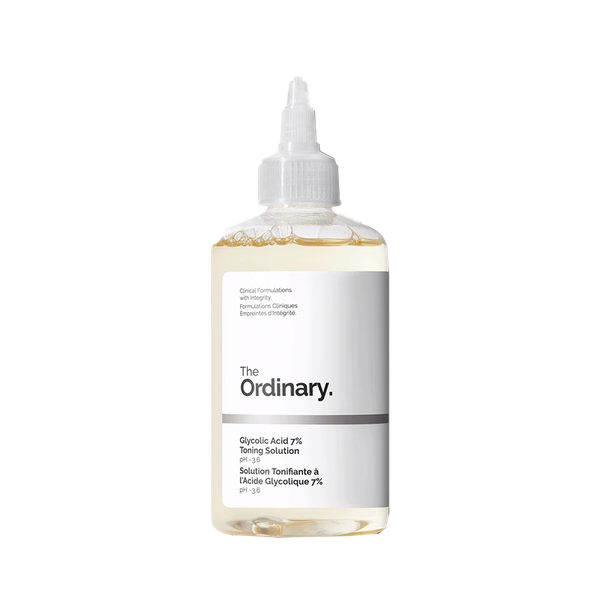
DISCLAIMER: We endeavour to always credit the correct original source of every image we use. If you think a credit may be incorrect, please contact us at info@sheerluxe.com.


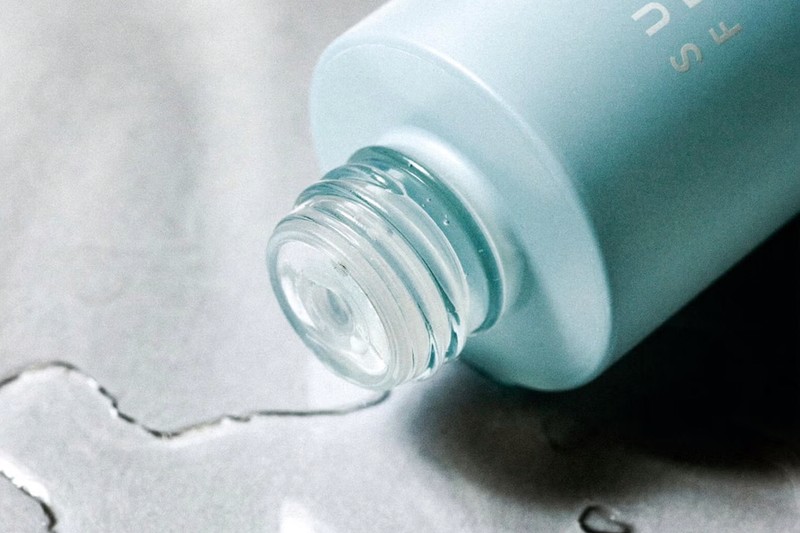
/https%3A%2F%2Fsheerluxe.com%2Fsites%2Fsheerluxe%2Ffiles%2Farticles%2F2024%2F06%2Fsummer-fridays.png?itok=l4JiP6FF)


